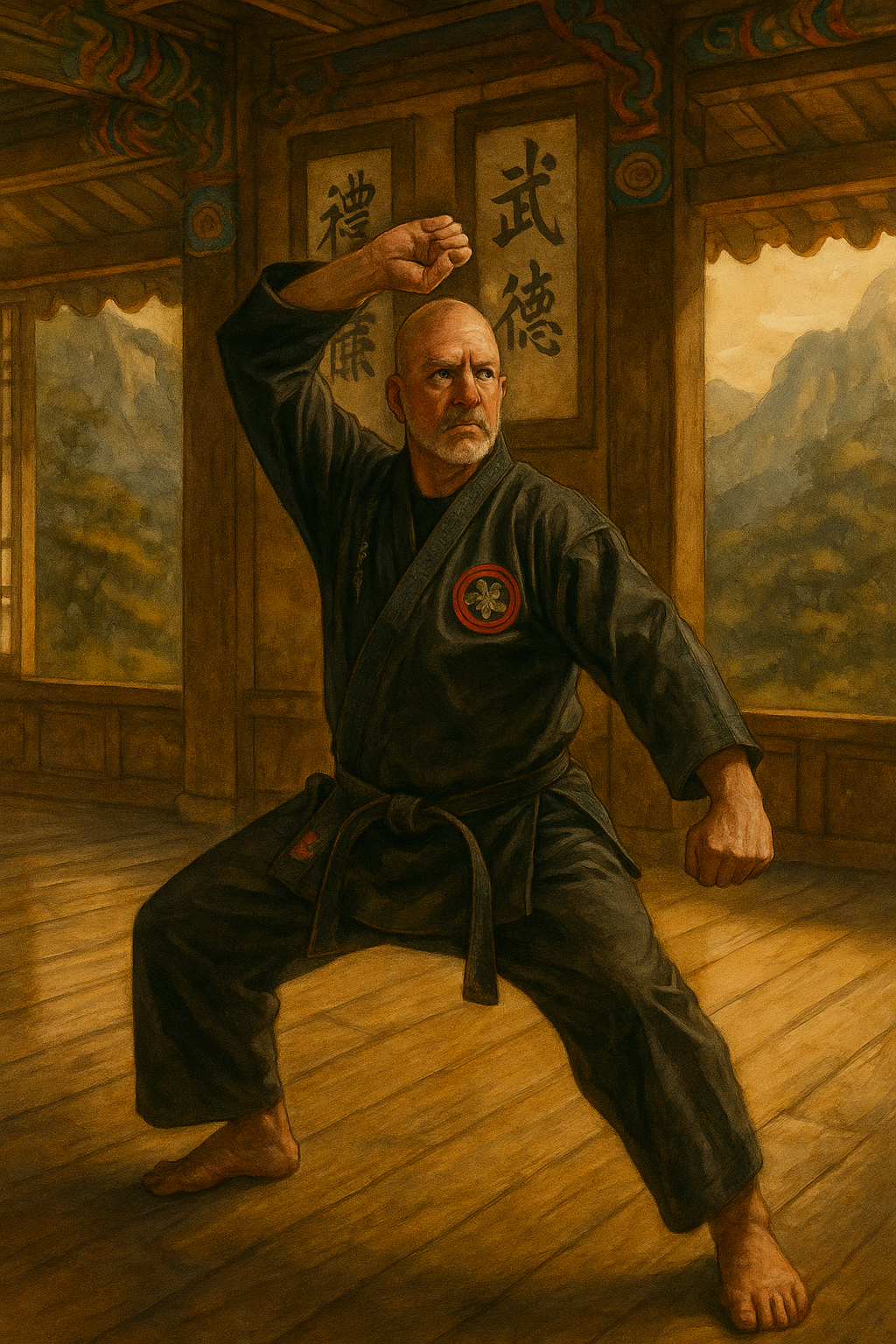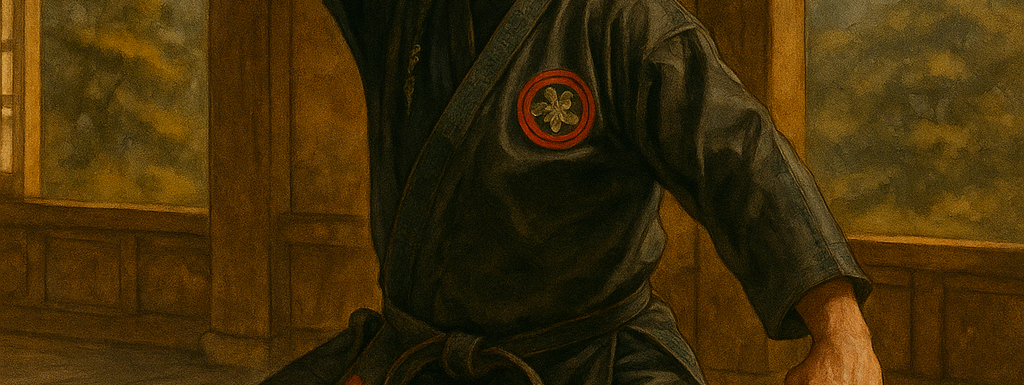When most people picture karate, they imagine fast, powerful strikes, high kicks, and explosive movement. But what happens when your body no longer allows you to move with that same speed or intensity? For those of us who’ve gone through something as life-changing as a total knee replacement, the answer may not be to stop practicing—but to practice differently.

That’s where the concept of “Slow Karate” comes in.
Much like Tai Chi, practicing karate at a slower pace allows us to remain on the martial path while respecting the limitations of our bodies. After two knee replacements, I’ve discovered that slowing down doesn’t mean giving up—it means going deeper and being able to continue the journey.
Why Practice Karate Slowly?
1. Protecting the Joints
Fast, jerky movements can strain new knees or cause unnecessary discomfort. By slowing down, you reduce impact and give your joints a chance to move safely within their new range of motion.
2. Rebuilding Strength and Balance
Slowing down demands control. When you hold a stance or extend a punch with mindful intent, your stabilizer muscles engage and strengthen in ways they wouldn’t at full speed. This kind of training builds balance, coordination, and functional strength.
3. Sharpening Technique
In the rush of a full-speed kata, details can blur. Slow Karate forces you to feel every angle of the stance, every twist of the hip, every path of the fist. You’re not just performing movements—you’re studying them, one deliberate motion at a time.
4. Training the Mind
Slowing down gives your mind space to focus. It’s meditative, almost like moving prayer. Each technique becomes a chance to breathe, concentrate, and reconnect with why you started martial arts in the first place.
Intent Is Everything
In Slow Karate, the goal isn’t simply to “move slow.” The goal is to move with proper intent. When you chamber a fist, imagine the strike it represents. When you step into stance, feel the grounding of your weight and the readiness of your body. Every slow movement carries the energy of a fast one—it’s just expressed differently.
See the attacker or your opponent in front of you and aim each strike at a specific target, not just extending it out into space. This practice keeps the martial spirit alive, even if the body can’t explode the way it once did.
A Lifelong Path
Total knee replacement may have changed how I train, but it hasn’t taken karate from me. If anything, it has deepened my appreciation for the art. Practicing slowly has reminded me that karate is not only about fighting—it’s about living with awareness, discipline, and purpose.
For older martial artists, or anyone recovering from injury or surgery, Slow Karate offers a way to keep walking the path. It proves that while speed and power may fade, intent, focus, and spirit remain timeless.
The journey continues—one deliberate step at a time.
Tang Soo!

